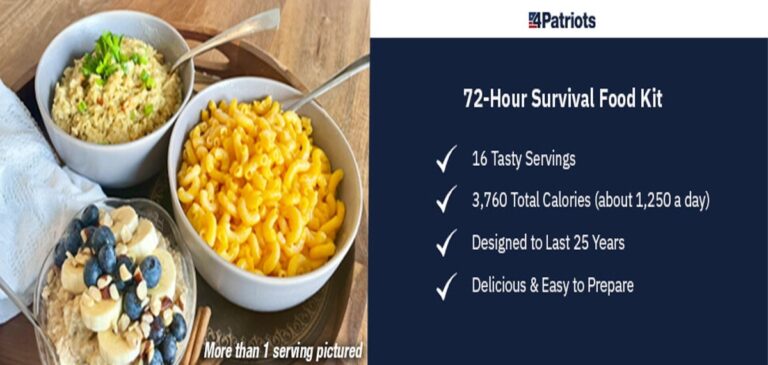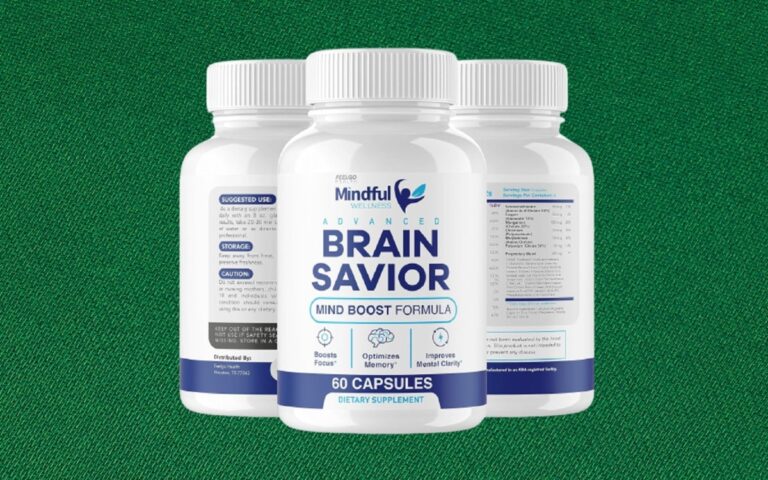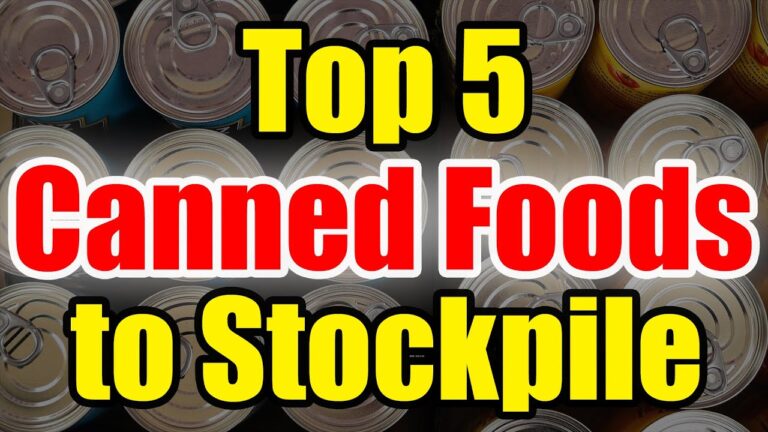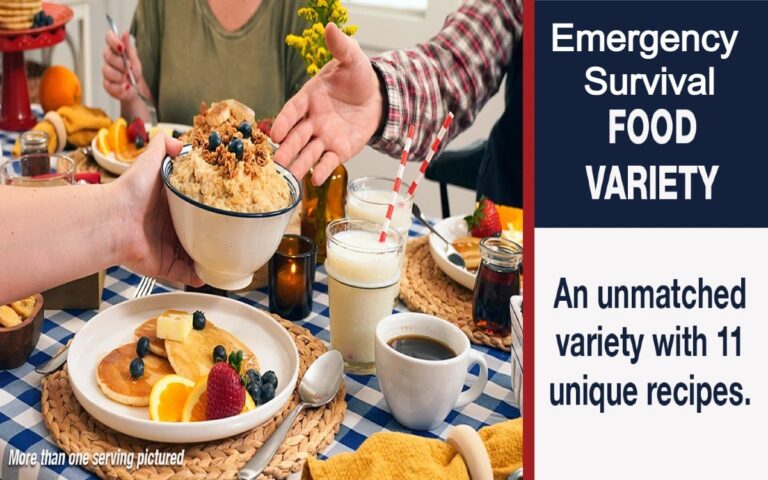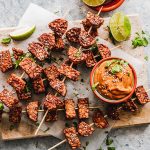The Best Fluffy Pancakes recipe you will fall in love with. Full of tips and tricks to help you make the best pancakes.
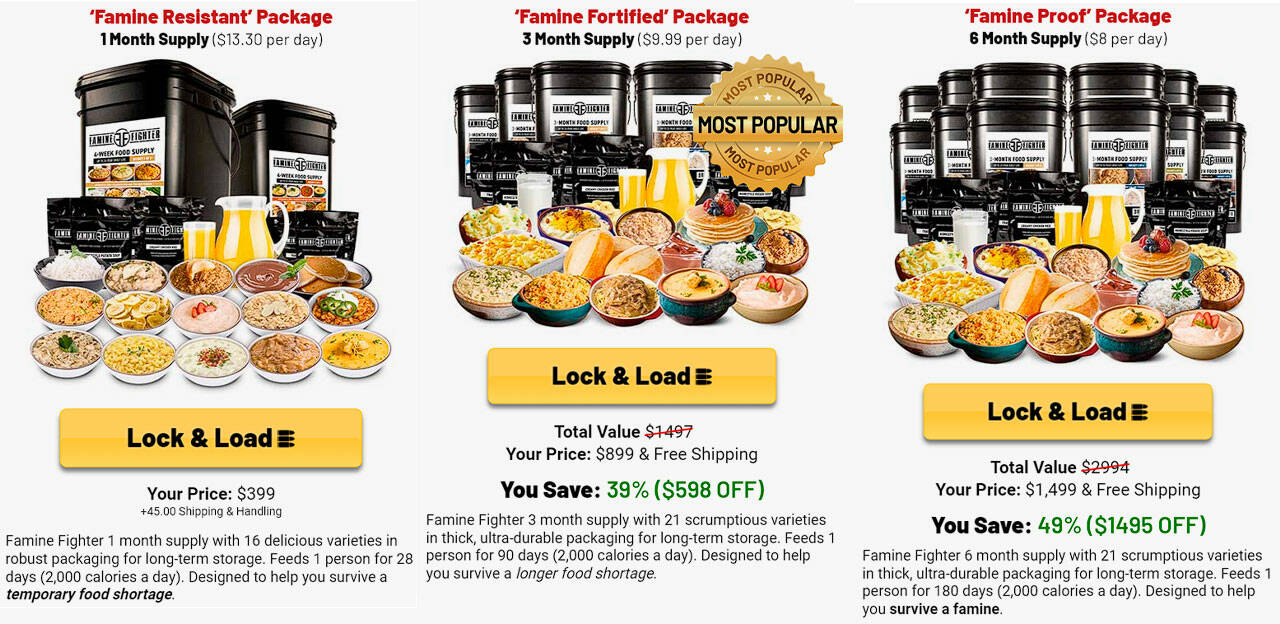
Long term survival food is an essential aspect of emergency preparedness that can make a significant difference for individuals and families during natural disasters, pandemics, or other emergency situations. Were are going to provide you with details of the 11 Best Survival Food Emergency Food.

These foods are specifically designed and packaged to have a long shelf life, while also maintaining their nutritional value. The goal is to ensure that, when the need arises, people have access to a reliable and nutritious food source that can sustain them for extended periods of time.
When considering the best long term survival food options, there are several factors to take into account. These include the type of food, shelf life, taste, ease of preparation, and special dietary requirements.
Furthermore, it is crucial to understand the different types of emergency food products available, as well as the best brands to choose from. This way, you can make an informed decision for your emergency food plan.
Key Takeaways
- Long term survival food is vital for emergency preparedness and ensures a consistent, nutritious food source during crises help protect you and your family from upcoming food shortages..
- Considering factors such as type, shelf life, and taste can help you choose the best long-term survival food options.
- Understanding different products and brands is crucial in making the right decision for your specific needs.
11 Best Survival Food Companies Emergency Food Supplies “Legacy Food Storage”
Here are some well-known emergency food supply companies based on top quality in descending order:
- Famine Fighter: Mountain House is a popular brand known for its freeze-dried meals. It offers a range of freeze-dried meals, designed to withstand long-term storage while maintaining their nutritional value and taste food with high nutritional content.
- Augason Farms: Augason Farms provides a variety of emergency food products, including freeze-dried and dehydrated meals, as well as bulk ingredients for long term food storage options.
- Wise Company: Wise Company offers a range of emergency food kits, including options for individuals, families, and larger groups. They provide freeze-dried and dehydrated meals.
- Legacy Food Storage: Legacy Food Storage specializes in long-term food storage solutions. They offer a variety of packages, including gluten-free, dairy-free, and vegetarian options.
- My Patriot Supply: My Patriot Supply offers a variety of emergency food supplies, as well as other preparedness items like water filtration systems and heirloom seeds.
- Emergency Essentials: Emergency Essentials offers a wide range of emergency supplies, including freeze-dried food, dehydrated food, and other preparedness products.
- Nutristore: Nutristore provides a selection of freeze-dried and dehydrated food products, as well as bulk ingredients for long-term food storage.
- Valley Food Storage: Valley Food Storage offers high-quality freeze-dried meals with a focus on clean, natural ingredients.
- ReadyWise: ReadyWise offers a range of emergency food options, including meals, fruits, vegetables, and protein sources. They also provide water filtration and storage solutions.
- Legacy Premium: Legacy Premium offers survival food kit from augason a variety of freeze-dried and dehydrated food options with an emphasis on quality and taste – kits from legacy food storage.
- Mountain House: Mountain House is a popular brand known for its freeze-dried meals. They offer a wide range of options, including entrees, breakfasts, and desserts.
When choosing an emergency food supply company, consider factors such as the types of meals offered, portion sizes, dietary restrictions, shelf life, and customer reviews. Additionally, verify if the company meets any specific certifications or quality standards.
Always ensure that you store your emergency food supply in a cool, dry place and follow any recommended storage instructions provided by the company. Keep in mind that while having a supply of emergency food is important, it should be part of a comprehensive emergency preparedness plan that includes other essentials like water, medical supplies, and a communication plan.

Best Emergency Food for Survival
“Famine Fighter” Emergency Food Supplies For Survival
Famine Fighter is a lineup of emergency food rations to help protect you and your family from upcoming food shortages.
Priced at $300 to $3,000, Famine Fighter contains up to one year’s supply of emergency food rations for you and your family. You can use the food to survive an upcoming catastrophe called the “Final Famine.”
Safeguard your family; order Famine Fighter today!
Understanding Long Term Survival Food Kit To Stockpile
Long term survival food is specifically designed to last for extended periods and provide essential nutrients during emergency situations or times when traditional food sources may not be readily available.
This type of food is crucial to maintaining a person’s health and well-being during unforeseen circumstances, such as natural disasters or economic collapse.
When it comes to survival food, nutrition and shelf life are the key factors. The primary goal of long term food storage is to supply an individual with enough calories, protein, carbohydrates, fats, vitamins, minerals, and other essential nutrients to sustain them during times of scarcity.
It’s worth noting that the nutritional content of such foods should be balanced to minimize deficiencies or excesses, as both can negatively impact the body’s functioning.
Freeze-dried and dehydrated foods are popular choices for long term survival food because they maintain their nutritional value well and have an extended shelf life, often reaching 25+ years.
By removing moisture from the food, the risk of spoilage decreases significantly, and certain types even retain their flavor and texture, enhancing their usability.
When selecting long term survival food, it’s important to consider individual preferences and dietary restrictions as well.
A diverse assortment of foods can help maintain variety in taste and prevent boredom during unexpected situations.
Optimal choices include sources of protein, such as beans and canned meats, grains like rice and pasta, and fruits and vegetables in dried or freeze-dried forms.
In addition to a comprehensive assortment of food, having an adequate supply of clean water is vital for proper hydration and meal preparation.
Physical activity levels and body size also influence a person’s caloric intake requirements, so devising a tailored plan based on these variables is beneficial.
In conclusion, preparing an adequate stockpile of long term survival food is an essential component of emergency preparedness.
By ensuring access to a balanced mix of nutrients, individuals can better withstand and thrive during unpredictable times.

Factors to Consider When Choosing Survival Food
When selecting the best long-term survival food, several factors should be taken into consideration. These factors are crucial in ensuring that your survival food supply meets your nutritional needs and remains palatable, even in emergency situations.
One important factor to consider is the taste. While it may not seem like a top priority during a crisis, having enjoyable food can boost morale and make difficult situations more bearable. Consider trying various brands and meal options to determine which items would be more enjoyable in the long run.

Nutrition is another key aspect to keep in mind. Survival foods should provide a balanced combination of macronutrients, such as protein, carbohydrates, and fats, along with essential vitamins and minerals.
Pay attention to the nutritional profiles of the products you choose in order to maintain good health during emergencies.
The survival food’s calorie content is significant in order to support your body’s energy needs in survival situations. Opt for calorie-dense foods that can fuel your body’s necessary functions while enabling you to carry out various physical tasks.
Shelf life plays a critical role when considering long-term survival food options. It is essential to choose foods that have a long shelf life and can be stored without deteriorating for extended periods. Products like freeze-dried meals or canned goods often provide the longest shelf life.
The weight of your survival food is another factor since lightweight options will likely prove more practical for transportation and storage. Look for food items with a low weight-to-calorie ratio, such as dehydrated and freeze-dried meals.
When planning your survival food supply, remember to take into account any dietary restrictions that you or your family members may have. This could include allergies, intolerances, or special needs, such as gluten-free, vegetarian, or vegan options.
Convenience is another factor to weigh when choosing survival foods. Easy-to-prepare options like ready-to-eat meals, or those requiring minimal water and cooking, are ideal, as they save time and resources in emergency situations.
Lastly, the cost of your survival foods should also be considered when building a long-term food supply. Aim to strike a balance between price and quality while prioritizing nutritious, calorie-dense, and long-lasting items. Comparing different brands and options can help you find the most suitable survival food that meets your requirements and fits within your budget.
Types of Foods for Long-Term Survival Long shelf life Emergency Food Kit
When planning for long-term survival, it is essential to stockpile a variety of foods that can last for an extended period without compromising on their nutritional value. The following is a list of food items that are well-suited for this purpose.
Rice is a staple food that has a long shelf life and can be easily stored. As a dense source of carbohydrates, rice provides the necessary energy needed for survival. Rice pairs well with beans, vegetables, and meat, making it an essential item in a long-term survival food supply.
Beans are another long-lasting survival food. High in fiber and protein, beans are a versatile and nutritious option, suitable for various dishes. They can be stored in their dried form for years without losing much of their nutritional value.
Meat like canned tuna and beef can last several years when properly stored, providing much-needed protein and essential nutrients. As a reliable source of protein and iron, incorporating meat in a survival food stockpile is essential.
Vegetables and fruits like canned corn, peas, and mixed fruit can also last quite long when properly stored. They retain much of their nutritional content and provide essential vitamins and minerals to maintain a well-balanced diet.
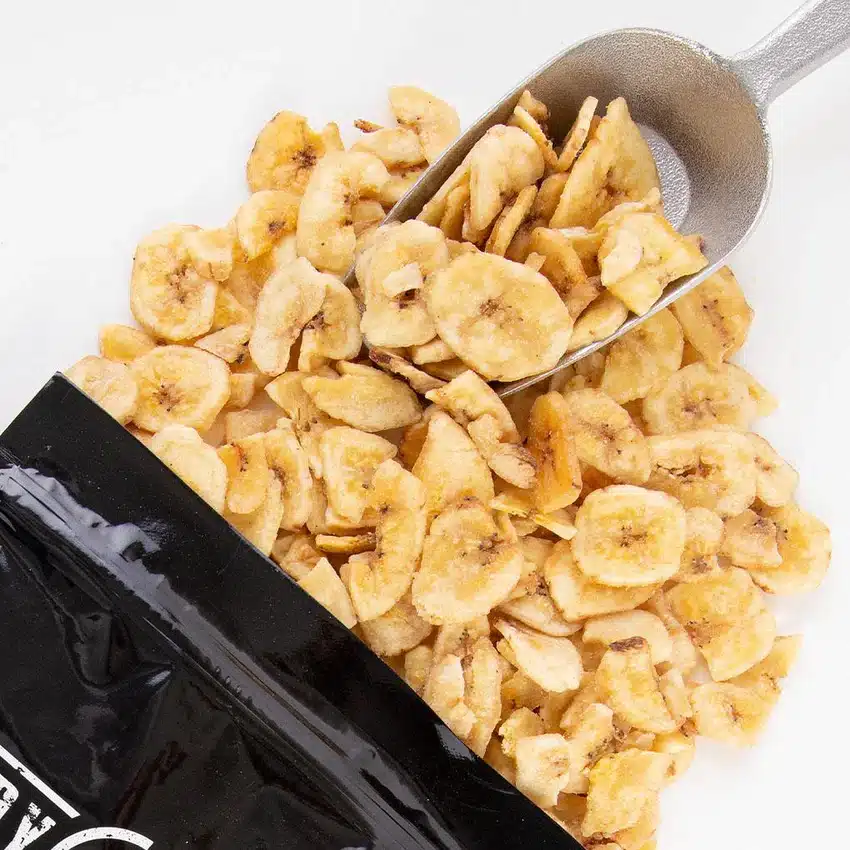
Cereals, granola, and oatmeal are good choices for simple, easy-to-prepare breakfast items that can store well. They are typically high in fiber, nutrients, and energy-boosting carbohydrates, making them essential for long-term survival.
Pasta is another long-lasting food that can be paired with various ingredients such as canned vegetables or meat. It is a dense carbohydrate source, providing energy and sustenance.
Potatoes in the form of instant mashed potatoes are a quick and easy source of carbohydrates with a relatively long shelf life. They can be prepared simply by adding water, making them a convenient survival food for emergencies.
Crackers serve as a tasty and versatile option, lasting several years if properly stored. They are suitable for pairing with canned or long-lasting spreads like peanut butter or honey.
Honey is an excellent long-term survival food due to its indefinite shelf life. It can be consumed as is or used as a natural sweetener, making it a valuable addition to the survival food stockpile.
Including a variety of food items in your long-term survival food supply ensures a well-balanced diet and provides the energy and nutrition needed to sustain resilience in emergency situations. The right combination of rice, beans, meat, vegetables, fruit, granola, cereal, pasta, tuna, beef, potatoes, crackers, corn, peas, oatmeal, and honey makes for a comprehensive and long-lasting food stockpile.
Best Overall Survival Food Brands Long-Term Food
When it comes to long-term survival food, several brands stand out for their quality, taste, and shelf life. Some of the most prominent brands in this category include Mountain House, ReadyWise, Augason Farms, Wise Company, Legacy Food Storage, and Survive2Thrive.
Mountain House has been a trusted survival food provider for over 50 years. They offer a wide variety of freeze-dried meals with a long shelf life and are known for their high-quality ingredients and great taste. Mountain House is popular among outdoor adventurers and emergency preparedness enthusiasts alike.
ReadyWise is another reputable brand specializing in emergency food supplies. Their Ultimate Preparedness Emergency Food Kit features a variety of delicious entrees as well as fruits and vegetables. ReadyWise products have up to a 25-year shelf life, making them a reliable option for long-term storage.

Augason Farms offers a 30-Day Emergency Food Supply, which is an excellent choice for individuals looking for a comprehensive emergency food solution. This kit contains a balanced variety of meals, snacks, and drink options, ensuring that all nutritional needs are met during an extended emergency situation.
Wise Company provides a range of emergency food options, including freeze-dried and dehydrated meals. Their products are known for having a long shelf life and being easy to prepare, making them ideal for emergency situations. The Wise Company Food Supply Emergency Grab Bag is one of their popular offerings, serving as a convenient and portable solution for emergency preparedness.
Legacy Food Storage specializes in long-term emergency food supplies, offering an array of meal kits and individual meal pouches. Their products have a 25-year shelf life and are made with non-GMO, preservative-free ingredients, catering to those with specific dietary requirements and preferences.
Survive2Thrive is known for providing organic and non-GMO emergency food options. They focus on supplying nutritionally dense and balanced meals to help individuals thrive during emergency situations. Their food products also have a long shelf life, making them a viable option for long-term storage.
In summary, these brands offer a variety of options for long-term survival food, catering to different tastes and dietary preferences. Investing in high-quality emergency food supplies from these brands ensures that individuals are well-prepared to face unexpected situations.

Best Emergency Food for Survival
“Famine Fighter” Emergency Food Supplies For Survival
Famine Fighter is a lineup of emergency food rations to help protect you and your family from upcoming food shortages.
Priced at $300 to $3,000, Famine Fighter contains up to one year’s supply of emergency food rations for you and your family. You can use the food to survive an upcoming catastrophe called the “Final Famine.”
Specific Diet Survival Foods
In times of emergency, having long-term survival food that caters to specific dietary needs becomes essential. There is a variety of options available for different dietary preferences, such as gluten-free, organic, vegetarian, vegan, non-GMO, and low sodium.
For individuals with gluten intolerance or celiac disease, finding gluten-free survival food is crucial. Some of the best options include Mountain House Essential Bucket, which offers a range of freeze-dried meals specially designed for gluten-free diets.
People who prioritize organic food can stock up on long-lasting items such as dried fruits, nuts, beans, and whole grains.
These foods are essential elements of an organic emergency food supply and can be found in the Valley Food Storage Freeze Dried Fruit Bucket.
Vegetarian and vegan diets have specific requirements that must be met during an emergency situation.
Plant-based protein sources such as beans, lentils, and tofu, as well as dehydrated vegetables, freeze-dried fruits, and whole grains, are ideal for these diets.
There are companies like Augason Farms which provide plant-based food supply options catering to vegetarians and vegans.
For those who wish to consume non-GMO emergency food, it is essential to research the company and products before purchase. Companies like ReadyWise offer non-GMO emergency food kits that cater to this preference.
Lastly, individuals with health concerns or dietary restrictions requiring low sodium emergency food options can find suitable products in the market.
Dried fruits, nuts, and low sodium canned goods, such as vegetables and beans, can cover essential nutrients for those following a low sodium diet.
Famine Fighter is exclusively available to purchase online through YourFoodFortrress.com.
Preserving and Packaging Food for Long Term Survival
Preserving food for long-term survival involves selecting the most suitable preservation methods and packaging materials.
It is crucial to ensure that the preserved food maintains its nutritional value and stays fresh for an extended period.
Freeze-dried food is an excellent option for long-term storage as it retains most of its nutritional content and has an extended shelf life.
Similarly, dried food can last for years when properly preserved and stored. These options are convenient and lightweight, making them ideal for emergency situations.
For packaging and storing food, there are several options available that provide protection against oxygen, light, and pests.
Some popular choices include buckets, #10 cans, and mylar pouches. Using these containers ensures that food remains fresh and safe to consume during long-term storage.
- Buckets: Plastic food-grade buckets with tight-fitting lids are an effective way to store bulk quantities of food. They protect contents from moisture, pests, and light. However, they can be cumbersome for smaller storage spaces.
- #10 cans: These large, sturdy cans are an excellent option for storing freeze-dried and dried food. They provide a barrier against oxygen, light, and pests, ensuring that contents stay fresh and nutritious.
- Mylar pouches: Mylar bags, typically used with oxygen absorbers, are another packaging option. They are lightweight, flexible, and effectively block light, moisture, and oxygen, preserving the food’s quality.
In addition to freeze-dried and dried foods, canned foods are a viable option for long-term survival food storage. They have an extended shelf life and provide a wide variety of food options, including fruits, vegetables, and proteins.
It is essential to choose the appropriate packaging materials for the type of food being stored.
For example, using mylar bags with oxygen absorbers is recommended for grain-based foods, while canned food might be more suitable for storing fruits and vegetables.
In conclusion, a combination of preservation methods and appropriate packaging materials can ensure that food remains fresh, nutritious, and safe to consume during long-term storage.
Don’t wait until it’s too late; equip your family with Famine Fighter!
Ensuring Nutritional Value in Survival Food
When selecting the best long-term survival emergency food stockpile, it’s vital to ensure that it provides essential nutrients such as proteins, calories, vitamins, minerals, and antioxidants.
This not only helps to maintain health but also improves the body’s ability to cope with stress and physical demands during a survival situation.

Protein is a crucial macronutrient for muscle growth and repair. Including high-quality protein sources in your survival food storage, like canned meat, can support your energy needs and immune function.
Additionally, plant-based protein alternatives, such as beans and lentils, are excellent choices due to their long shelf life and high nutrient content.
Calories are vital for maintaining energy levels during trying times. Survival foods should be dense in calories to provide enough energy for daily activities and to fuel the body’s essential functions.
This can be achieved by including foods that are high in healthy fats, such as nuts and seeds, as well as complex carbohydrates, like whole grains and starches, in your long-term food storage.
Vitamins and minerals are essential for maintaining overall health during a survival situation.
Ensure that your survival food includes fruits and vegetables, either canned or freeze-dried, as they offer vital vitamins and minerals, which support immune function and cellular health.
Also, consider incorporating fortified foods, like cereals, into your survival pantry to complement these essential nutrients.
Antioxidants play a crucial role in protecting the body from oxidative stress and maintaining overall well-being.
Foods rich in antioxidants, such as berries and dark leafy greens, are valuable additions to your long-term food storage.
When fresh versions are not available, opt for dried or freeze-dried alternatives that retain most of their nutritional value.
In conclusion, it’s essential to strike a balance between shelf life and nutrient-rich survival foods.
By incorporating a variety of high-quality protein sources, calorie-dense foods, and items rich in vitamins, minerals, and antioxidants, you can ensure adequate nutrition for you and your family during a survival situation.
Safeguard your family; order Famine Fighter today!
The Importance of Proper Storage of Survival Food You Can Stockpile
When it comes to long-term survival food storage, proper preservation methods are essential to ensure the quality and safety of stored food items.
A well-organized storage system also enables easy access to emergency supplies when they are needed the most.
The following paragraphs will discuss some important factors to consider in order to store food efficiently.
One of the best ways to ensure that stored food remains fresh and free from spoilage is to use oxygen absorbers.
These small packets absorb excess oxygen within sealed storage containers, maintaining a favorable environment for long-term preservation.
By reducing oxygen levels, the growth of bacteria and other organisms that contribute to food spoilage is minimized, effectively extending the shelf life of the stored items.
Another critical aspect of survival food storage is selecting appropriate containers. Stackable buckets are an excellent choice for this purpose, as they are durable and designed to withstand external elements.
These buckets are typically made from food-grade plastic, ensuring that the stored food remains safe for consumption.
Moreover, their stackable design saves space and allows for easy organization, making it simple to locate specific items during an emergency.
To maximize the shelf life of survival food, it’s important to store it under optimal conditions. Long-term storage often requires a cool, dry, and dark environment.
High temperatures and humidity can lead to spoilage and degradation of stored food, while exposure to light can cause nutrients to break down more quickly.
Maintaining a stable, consistent temperature and humidity level will help to preserve the quality and nutritional value of stored food for longer periods.
In summary, proper storage of survival food is crucial for maintaining its quality, safety, and lifespan.
Utilizing oxygen absorbers, using stackable buckets for efficient organization, and maintaining optimal environmental conditions are all essential steps in ensuring that emergency food supplies remain accessible and safe to consume when needed.
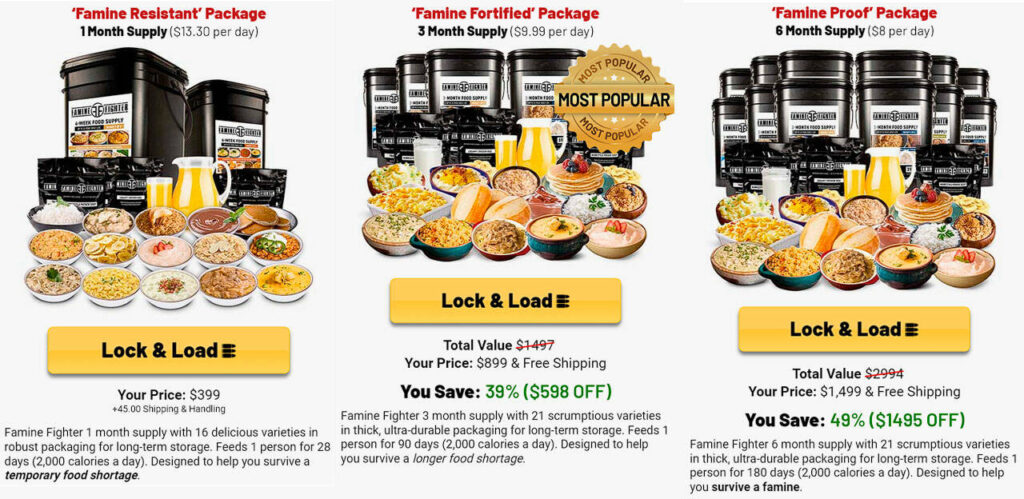
Stock up, stay safe – with Famine Fighter >>>
Emergency Preparedness with Survival Food
Preparing for emergencies and natural disasters is a must for everyone, and one of the essential aspects of this preparedness is having a dependable long-term survival food supply.
Building an emergency food supply that meets your needs requires careful thought and consideration.
One crucial factor to consider when building an emergency food supply is the shelf life of the items included in your stockpile.
It’s beneficial to pick non-perishable food items like canned goods, dehydrated fruits and vegetables, and freeze-dried meals.
These types of food have an extended shelf life, which ensures you don’t have to worry about spoilage or replacement for years.
A well-organized survival kit for food should contain a mix of proteins, carbohydrates, and fats.
Consider items like ready-to-eat canned meats, canned vegetables, and beans. Rice, pasta, and other grains can provide a good source of carbohydrates, while being versatile in meal preparation.
Nuts and seeds are excellent sources of both protein and fats, essential for long-term sustenance. A balanced meal ensures that you maintain good health during an emergency.
In addition to the food itself, storing adequate supplies of water is also essential for emergency preparedness.
Water is necessary for hydration, food preparation, and personal hygiene during emergencies situations.
Consider storing at least one gallon of water per person per day and making sure you have a method for water purification, such as filtration or purification tablets.
To make it convenient as a grab-and-go solution or evacuations, you can find pre-made emergency food kits on the market. These kits are designed to provide a specific number of calories and nutrients per day for a certain period, like 72-hours or even a month.
These kits can be a good starting point for building your emergency food supplies if you are unsure of how to begin.
In conclusion, being well-prepared for emergencies and disasters means ensuring you have a reliable and sustainable stockpile of food and water supplies. Including a variety of non-perishable food items that meet your nutritional needs is crucial.
By prioritizing food selection, organization, and storage, you can be confident in your ability to weather an emergency situation.
Practical Usage of Survival Foods
When it comes to long-term survival foods, it’s important to consider their practical applications in various situations.
Survival foods can be an essential part of emergency preparedness, backpacking adventures, and camping trips.
With shelf lives of up to 30 years, these foods offer convenience and peace of mind for individuals looking to stock up their supplies.
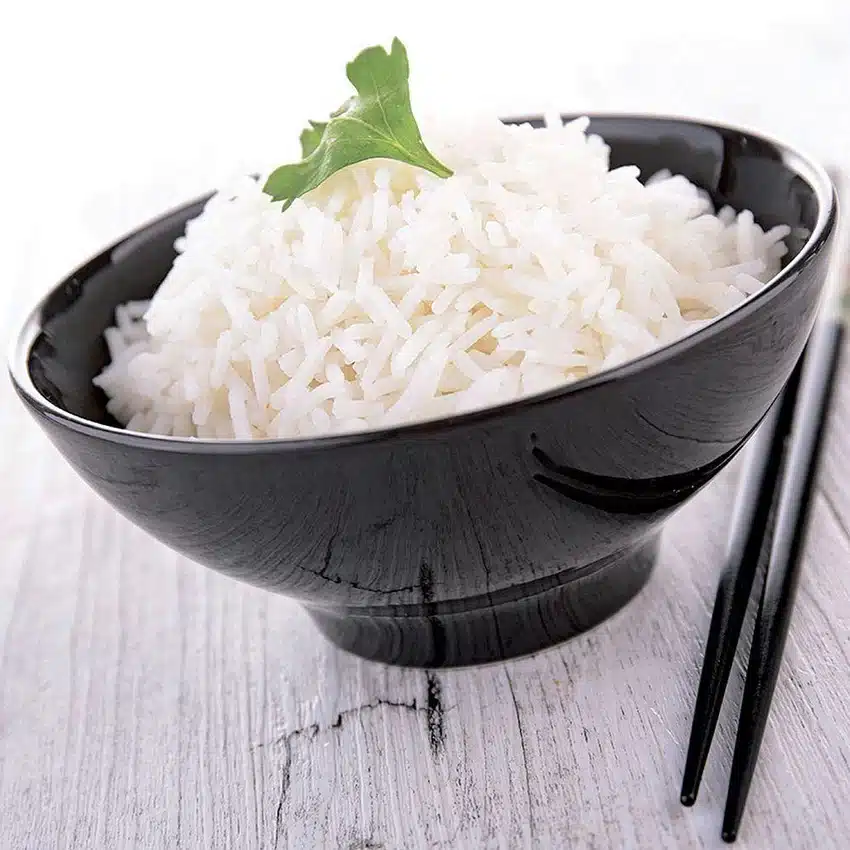
In emergency preparedness, having a variety of foods with long shelf lives and easy preparation is crucial.
Most long-term survival foods require minimal cooking or preparation, often only needing boiling water to rehydrate the meal.
This simplicity is especially valuable during times of crisis when access to traditional cooking methods may be limited.
When backpacking or embarking on camping trips, the lightweight and compact nature of survival foods makes them a popular choice.
Dehydrated meals can provide a high amount of servings per package, taking up less space in your backpack while still offering essential nutrients.
Additionally, their ease of preparation using boiling water is a significant advantage while on the trail.
Furthermore, experimenting with various recipes can help make these survival foods more appealing and enjoyable.
Mixing and matching different items can lead to new and exciting combinations, turning simple ingredients into satisfying meals.
Utilizing spices, herbs, and other store-bought or foraged ingredients can also enhance the flavor and nutritional value of these long-term food options.
In conclusion, survival foods play a crucial role in emergency preparedness, backpacking, and camping trips.
Their practicality, long shelf life, and ease of preparation make them a valuable addition to any supply stash.
With a little creativity, incorporating these foods into daily meals can ensure that you’re ready for any situation while still enjoying a delicious and nutritious diet.

Best Emergency Food for Survival
“Famine Fighter” Emergency Food Supplies For Survival
Famine Fighter is a lineup of emergency food rations to help protect you and your family from upcoming food shortages.
Priced at $300 to $3,000, Famine Fighter contains up to one year’s supply of emergency food rations for you and your family. You can use the food to survive an upcoming catastrophe called the “Final Famine.”
Don’t miss out on what everyone is talking about >>>
Conclusion
When selecting the best long-term survival food, it is crucial to consider factors such as nutrition, shelf life, and taste guarantee.
A well-balanced diet that provides essential nutrients will be necessary to maintain optimal health during emergencies or long-term food storage situations.
Shelf life is an important aspect to take into account when choosing survival food. Products like canned food can offer a shelf life of 1-2 years and up to 5 years if stored properly.
Soft grains such as barley, quinoa, rye, and grits also have a relatively long shelf life, lasting up to 8 years when packaged and sealed with oxygen absorbers.
Additionally, choosing survival food options with a taste guarantee can ensure that the food remains palatable even after being stored for an extended period. Several companies, like Mountain House Freeze-Dried Ground Beef and Valley Food Storage Freeze Dried Fruit Bucket, offer high-quality, tasty options for sustenance during emergencies or long-term storage situations.
In summary, it is essential to choose survival food with a good balance of nutrition, shelf life, and taste guarantee to ensure optimal health and satisfaction during emergency and long-term storage situations.
Always remember to store these items in a cool, dark place and monitor expiration dates and potential spoilage signs to make the most of your long-term survival food supply.
Safeguard your family; order Famine Fighter today!
Frequently Asked Questions
What are the top long-lasting emergency food supplies?
There are several long-lasting emergency food supplies available. Some popular options include freeze-dried meals such as Mountain House Adventure Meals, non-perishable canned goods, and emergency food bars like Datrex 3600 Emergency Food Bar.
These food supplies typically have a long shelf life, are easy to store, and require minimal preparation.
Which survival food companies offer the best value in 2023?
In 2023, some of the reputable survival food companies offering good value include ReadyWise, Mountain House, and Augason Farms.
These companies provide a variety of food options with long shelf lives, at competitive prices. It is crucial to compare prices, nutritional value, and product variety when choosing the best value for your needs.
Which non-perishable foods have the longest shelf life?
Non-perishable foods with the longest shelf life include canned goods, freeze-dried meals, and dehydrated foods.
Other long-lasting options are dry staples like rice, beans, and pasta. These items can typically last for several years when stored properly.
What are some affordable options for long-term food stockpiling?
Some affordable options for long-term food stockpiling include bulk purchasing of dry staples such as rice, beans, lentils, and pasta.
Purchasing Augason Farms Lunch & Dinner Emergency Food Supply is another cost-effective option. Be sure to compare prices and consider the nutritional value when choosing affordable options.
What is the ideal meat option for long-term storage?
The ideal meat option for long-term storage is freeze-dried or canned meat. Examples include canned tuna, chicken, beef, or freeze-dried meat in various recipes.
These options have long shelf lives and maintain their nutritional value when properly stored. Always ensure to check expiration dates and store the products in a cool, dry place.
Which uncooked foods are both non-perishable and suitable for survival?
Uncooked foods that are both non-perishable and suitable for survival include whole grains, beans, lentils, dehydrated fruits and vegetables, nuts, and seeds.
These items generally have long shelf lives and provide essential nutrients needed for survival situations.
It is essential to store uncooked foods in airtight containers and in proper conditions to prevent spoilage and maintain their longevity.


